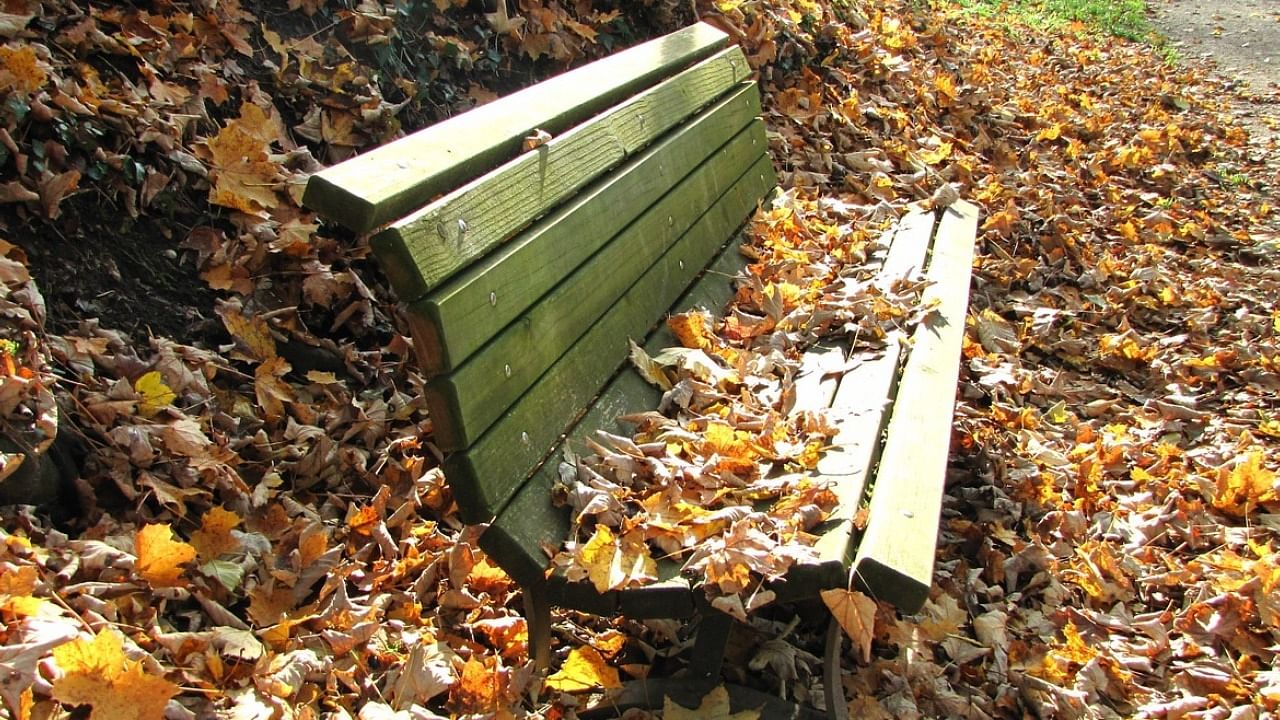
As we move houses, we decided to throw away an IKEA dresser we have had since 2008. It looks fine but two of the shelves were broken, and it seemed to make no objective sense to pay someone to move this to a new house.
I felt nothing at all when I kept it out on the kerb for waste management to pick it up and send it over to the landfill. Overnight it rained and when I went down to drive to work, the dresser stood there on the kerb, drenched in rain, and I felt a sudden sharp pang of deep sadness. A sadness that seemed to settle itself deeper as I went up in the evening and saw the empty space where the dresser had been, and all I could think of was the dresser somewhere, wet and abandoned, being crushed in a landfill.
Now this is of course sentimentality to an extreme, and so I asked myself “why?” A few months ago, we got rid of a coffee table of similar vintage, whose one leg had given way, and I felt nothing. Why the dresser?
I remembered that the coffee table had broken, stood there at its spot for a time, then removed from the living area to a place seldom seen and then, after a few months, disposed of. The disappearance of the coffee table was more gradual, I got used to it being not there and yet there, so that when it went to the landfill, it had faded from my world.
Things are like people. They fill in your gaps and you feel their space only when they are gone, only then for the space to be filled up again by new things. The more sudden the void, the greater the pain, and so the only way we cope is by drawing our inevitable separations out.
Or to put it as Life of Pi does, “I suppose in the end the whole of life becomes an act of letting go”. That’s why our Sanatana Dharma has Vanprasthya, a stage of life for the conscious uncoupling from people and things, where you are there but out of sight, as a way of preparing the world for your journey into the cosmic landfill.